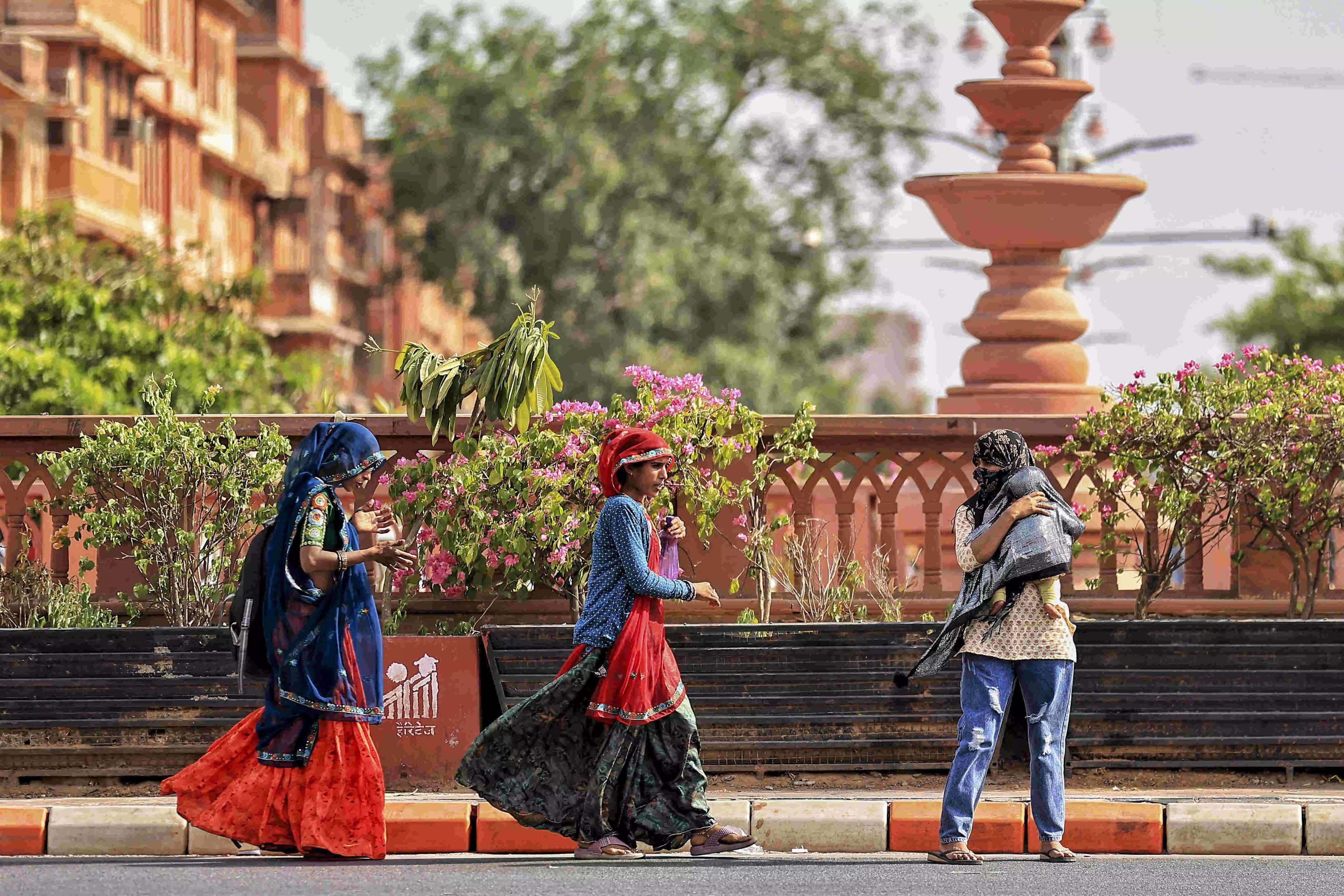India’s Climate Conundrum

India, at this very moment, stands at the crossroads of extremes—some cities drenched by torrential rains, others scorched by unrelenting heat. In Mumbai and Delhi, sudden downpours have caught residents off guard, while parts of Rajasthan, Madhya Pradesh, and the Deccan Plateau are battling searing temperatures. This juxtaposition is not just a matter of meteorological curiosity; it is a potent reminder of how India’s climate is increasingly becoming erratic, influenced by both local and global factors. In Mumbai, monsoon-like showers lashed the city, bringing relief from the heat but also causing waterlogging and commuter chaos. Delhi too, which had been gripped by an extended dry spell, experienced an abrupt and intense burst of rain, cooling the city but also leading to traffic snarls and flash floods in low-lying areas. These rain spells are not typical of pre-monsoon showers and reflect a broader trend of weather unpredictability that has become more pronounced over the last decade. In stark contrast, large swathes of central and northern India are battling a heatwave that has pushed temperatures well above 45°C in many places. In Rajasthan’s Barmer, the mercury soared to an alarming 48°C. States like Madhya Pradesh, Uttar Pradesh, and Bihar have been put on alert as heat stress levels threaten human health, crop yields, and water security. Schools have been shut in several districts, and hospitals are reporting a surge in heat-related ailments. Such variability within the same season exposes India’s vulnerability to climate change. The Intergovernmental Panel on Climate Change (IPCC) has long warned that South Asia is at high risk of extreme weather events—heatwaves, floods, droughts—all within the same year. What we’re witnessing today is not a fluke but rather a pattern that is likely to intensify unless comprehensive measures are taken.
The erratic weather also raises questions about urban resilience. Mumbai’s and Delhi’s drainage systems, for instance, are ill-equipped to handle sudden cloudbursts, as seen in the chaotic scenes of inundated roads and stranded vehicles. Urban planners must reckon with the fact that what was once considered a “once-in-a-century” downpour is becoming far more common. Similarly, in rural areas where the heat is stifling, there is an urgent need to invest in heat-resilient infrastructure—cooling shelters, improved healthcare systems, and drought-resistant agricultural practices. But these challenges also offer an opportunity for India to rethink its approach to climate adaptation. Policymakers must recognise that piecemeal solutions will no longer suffice. Instead, a multi-pronged strategy—one that integrates urban planning, agricultural reforms, and public health—must be put in place to protect citizens and livelihoods from such extremes. Water management, for example, must move beyond reactive crisis responses. With rivers running dry in some places and overflowing in others, India needs robust policies that treat water as a precious resource. Rainwater harvesting, restoring urban lakes, and ensuring equitable water distribution must become national priorities. Energy policy, too, must be recalibrated. Heatwaves demand more power for cooling, which can strain the grid and lead to blackouts, especially in states already grappling with electricity shortages. A faster transition to renewable energy, coupled with demand-side management, can ensure reliable power without exacerbating carbon emissions. Most crucially, public awareness must be enhanced. Citizens need clear, timely information about heatwave warnings, health risks, and ways to stay safe. Likewise, early warning systems for flash floods and urban flooding must be strengthened so that communities can prepare and respond effectively. In the coming weeks, as the monsoon begins its journey from Kerala northwards, these weather extremes will continue to evolve. But if this year’s sudden bursts of rain and prolonged heatwaves teach us anything, it is that India’s climate is no longer predictable in the way it once was. The time for complacency has long passed. India must confront these extremes not as isolated incidents but as symptoms of a larger shift in our climate. It is only through a holistic, science-driven approach that we can hope to navigate these uncertainties and build a future that is not at the mercy of the weather.



